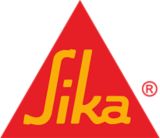
Sarnavap®-500 E
Vapour control layer
Sarnavap®-500 E is an unsupported vapour control layer based on Polyethylen (PE).
- Ease and speed of installation.
- Stays flexible at low temperatures.
- Non-decaying.
- Constant vapour diffusion resistance.
- Recyclable.
